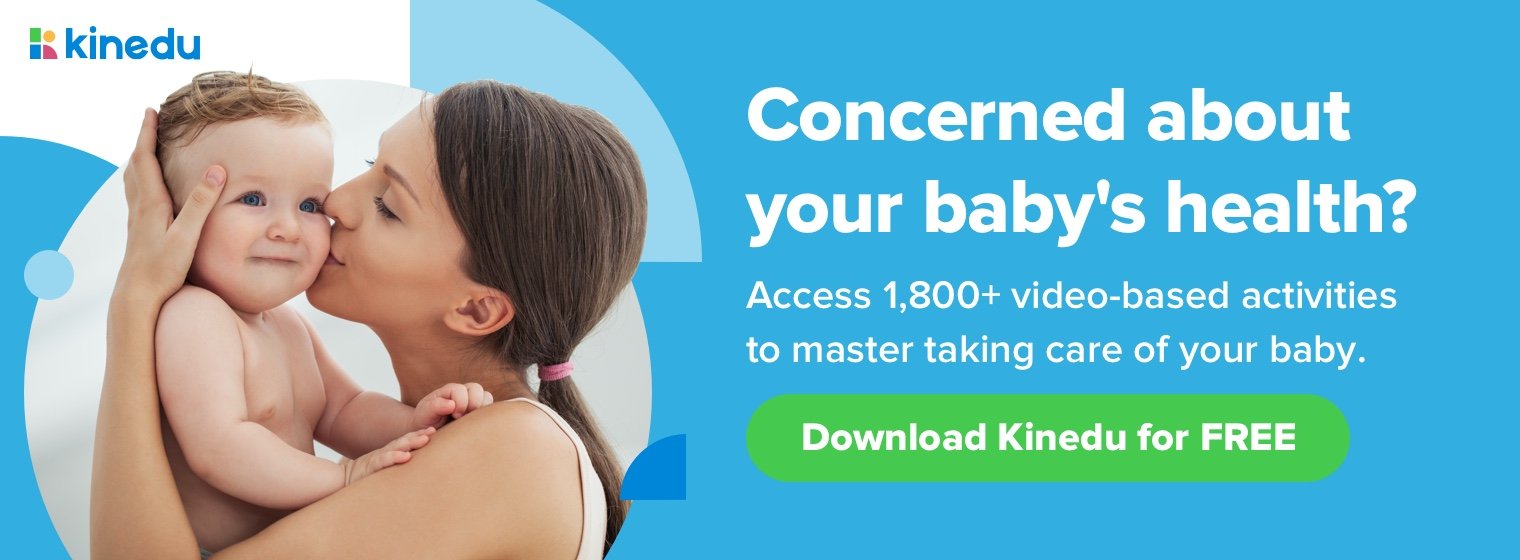You may have noticed blueish-grey, wavy circles on your baby’s skin. Although they may look like bruises, they’re most likely a type of congenital birthmarks known as Mongolian spots.
A Mongolian spot usually appears before the age of 5. They typically appear on the lower back, buttocks, or shoulders and are completely benign. Here are three things to keep in mind.
1. How to spot a Mongolian spot
A Mongolian spot usually appears in the lower region of a child’s body, but can also be found in the shoulder area, back, and scalp. The spots are typically flat, without a clear form, and can measure anywhere from 1 to 20 cm in size. The spot should not be sensitive to touch.
Download Kinedu for FREE and understand everything about your baby’s health and development!
The blue or grey pigmentation is usually caused by the presence of melanocytes, melatonin-producing cells near the surface of the skin. Mongolian spots are often mistaken for bruises or hematoma because of their dark blue color.
The spots usually appear before the age of five, but can happen in older children as well.
2. Why does my baby have Mongolian spots?
An average of 90% of babies who are Asian or African has Mongolian spots, compared to ten percent of Caucasian infants and 50% of Latino infants. The spots are caused by variations in pigment and depend on a child’s melanin disposition.
3. How to treat Mongolian spots
Mongolian spots are not believed to contribute to any negative health problems later in life. They pose no risk to your baby’s development or overall wellbeing. Usually, Mongolian spots go away on their own and require no medical intervention. However, there are a few rare cases where the spot is large enough to require a visit to the pediatrician (spots can range from 1-20 cm in size). Also, if you notice the shape-changing sizes or textures, consult your pediatrician.
Download Kinedu for FREE here and start supporting your baby’s development.
Was this information helpful? Leave us a comment below and let us know what you think!








